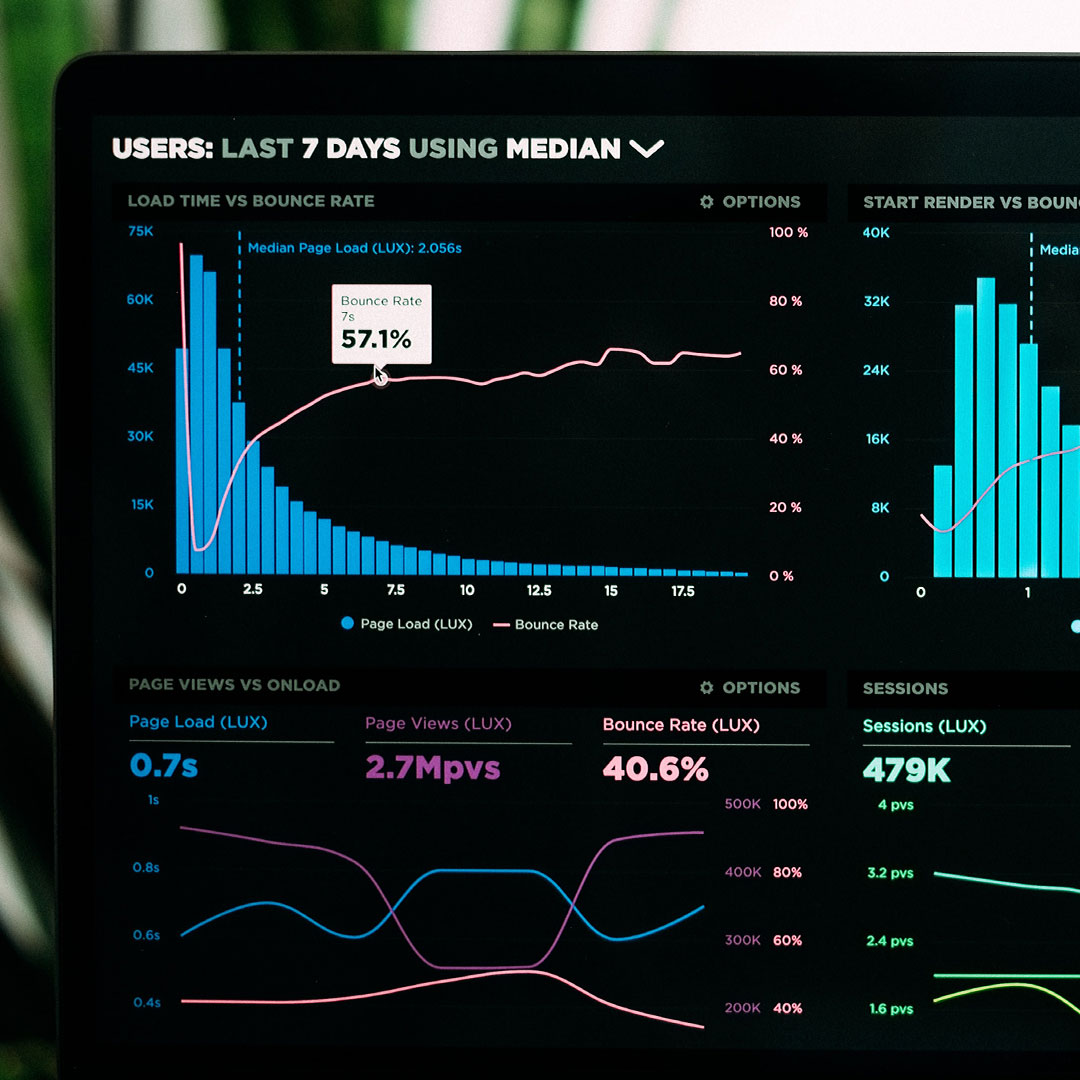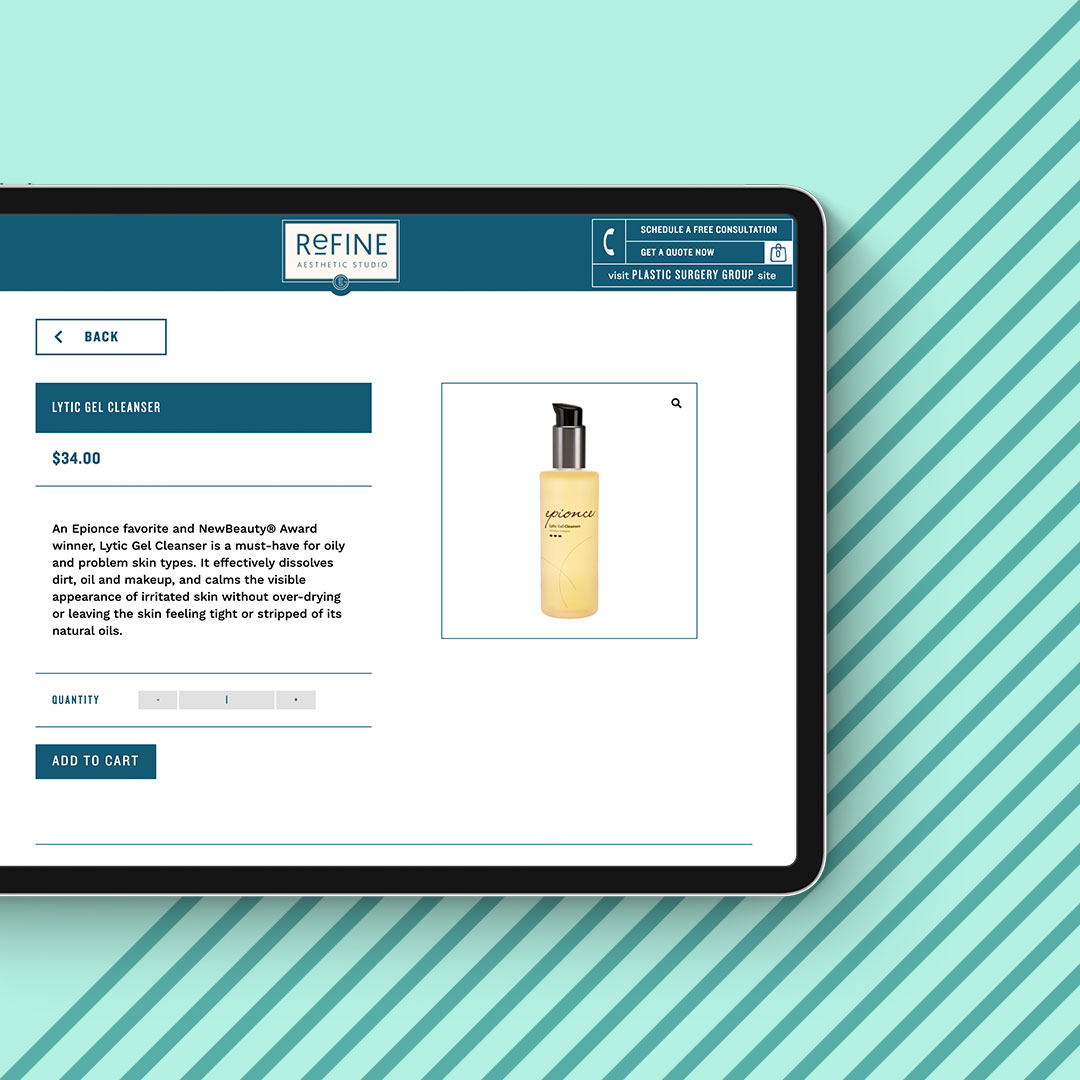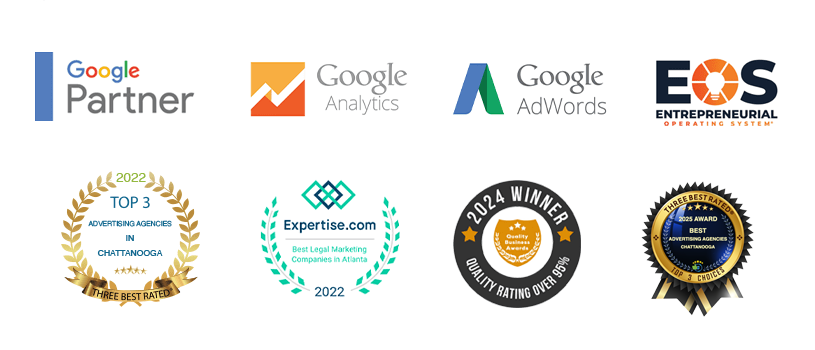COVID-19 and Outdoor Recreation. How does it effect you? As the U.S. continues to face the COVID-19 pandemic, people are looking to outdoor activities as a solution to staying occupied and healthy amid social distancing mandates. Research shows that consumers are shifting discretionary spending away from typical summer travel plans and focusing instead on family-oriented outdoor activities. As a result, several outdoor categories have experienced exponential growth in recent months.
While the sports & outdoor industries typically see increased activity during summer months, this year those numbers have skyrocketed. Top retail websites like Dicks Sporting Goods, Academy, Cabela’s, Bass Pro, and Camping World collectively saw an 86% year-on-year increase in May 2020. With consumers increasingly seeking outdoor activities, sales of bicycles, boats, water sports, and camping gear have exploded.
Boating
With many summer vacations canceled, the boating industry experienced a major peak in interest to get out on the water. According to the National Marine Manufacturers Association, 70 percent of boating dealers reported they experienced significant sales growth in May 2020, the strongest number recorded since July 2018. Personal watercraft sales have spiked by 75 percent compared to May 2019. Boating has given consumers a way to get out of the house and enjoy summer days on the water while still maintaining social distancing recommendations.
Paddle Sports
Before COVID-19, the paddlesports category such as kayaks, paddleboards, rafts, and canoes experienced a decline in sales. From an inventory management standpoint, these expensive and bulky products typically gave retailers a challenge for making sales. With consumers looking for family-based activities, these products have been selling at unexpected speeds. In recent months, Google searches for water-related products increased by 70 to 100 percent. And in June 2020, sales of water sports products increased 56 percent compared to the previous year.
Cycling
The cycling industry experienced significant growth soon after the stay-at-home order was announced in the United States. In June 2020, bicycle sales were up 63 percent compared to the same time last year. Most sales were generated from family-friendly bicycles during the early months of COVID-19. In recent months, the industry has seen an increase in full-suspension mountain bikes and road bikes. This is believed to be attributed to the shortage of family bikes, along with people taking up cycling as a more permanent hobby.
Camping
The camping industry has recently experienced a surge in performance due to the increasing consumer interest of backyard adventure. In June 2020, sales increased by 31% as more people camped at local destinations or even their back yard to spend quality time with family outside of the house. Recreational tent sales grew almost two times as fast as backpacking tents, which are typically purchased by serious campers. This indicates that as camping continues to grow in popularity, the family recreation niche could be a major boom to the industry. Offering more affordable equipment to new campers will also provide value during current economic uncertainty.
























